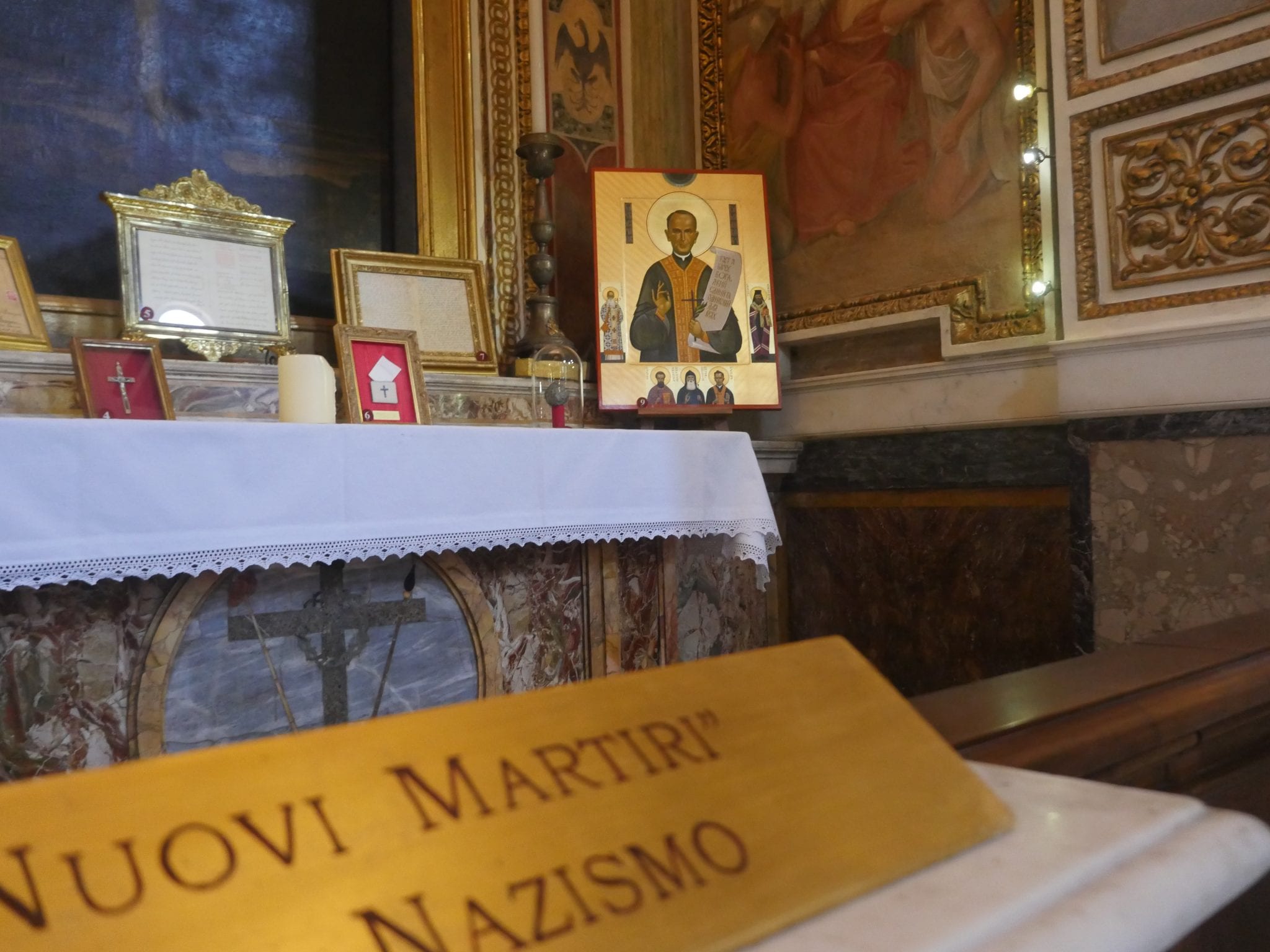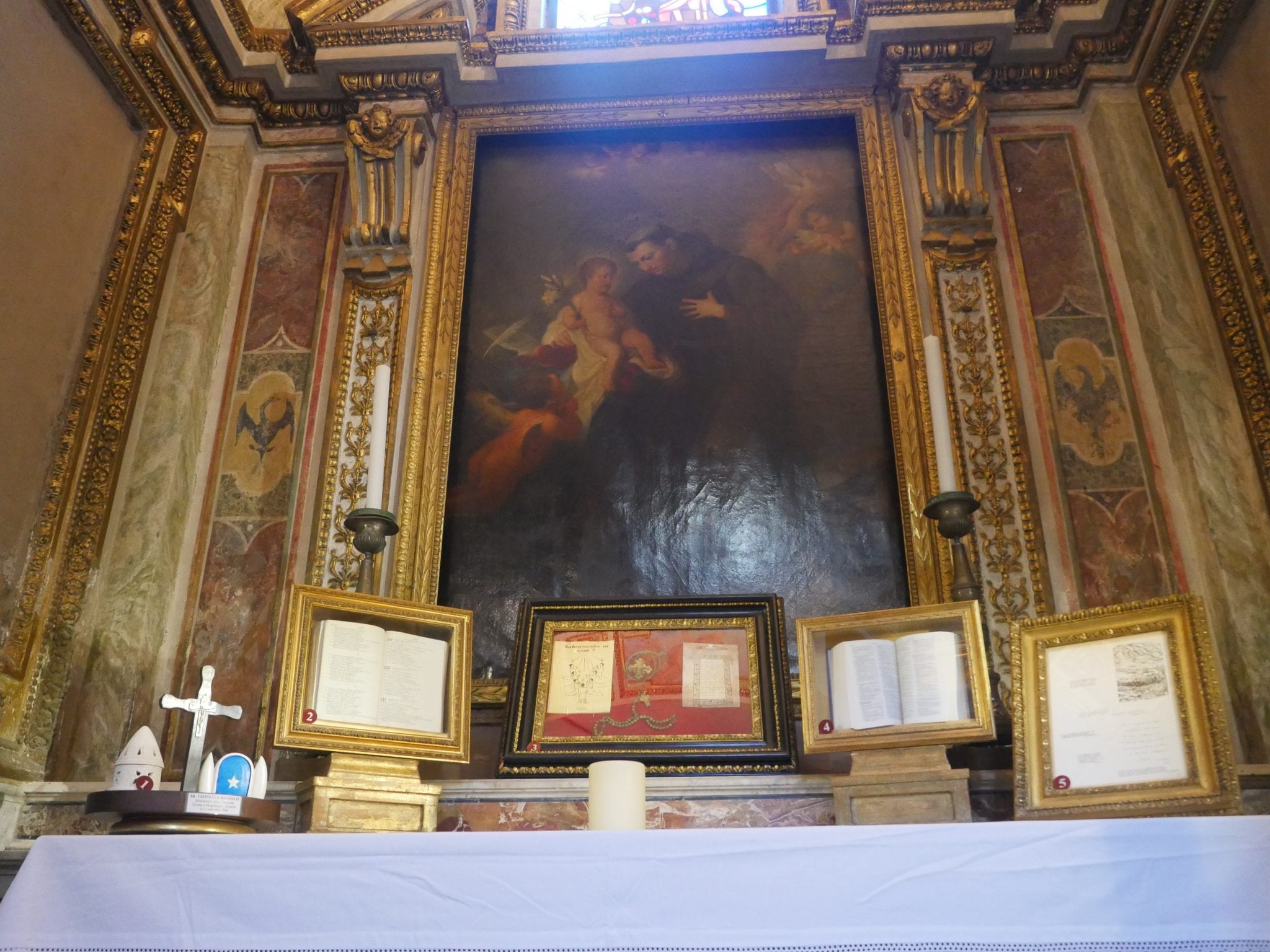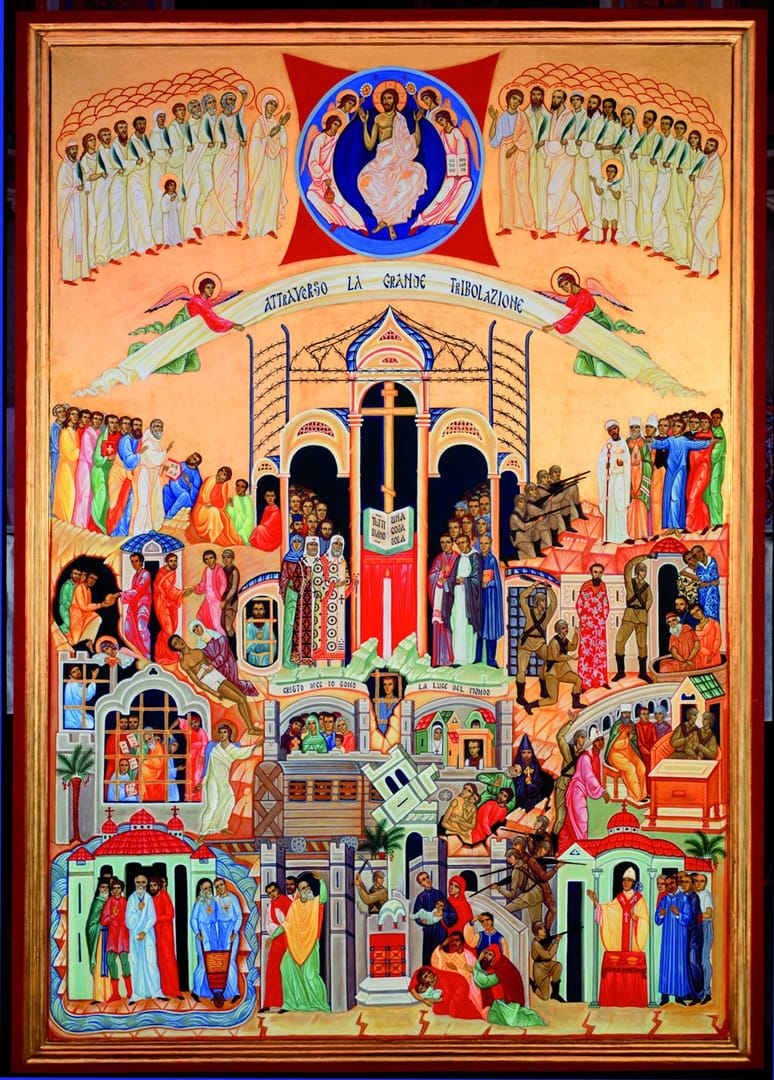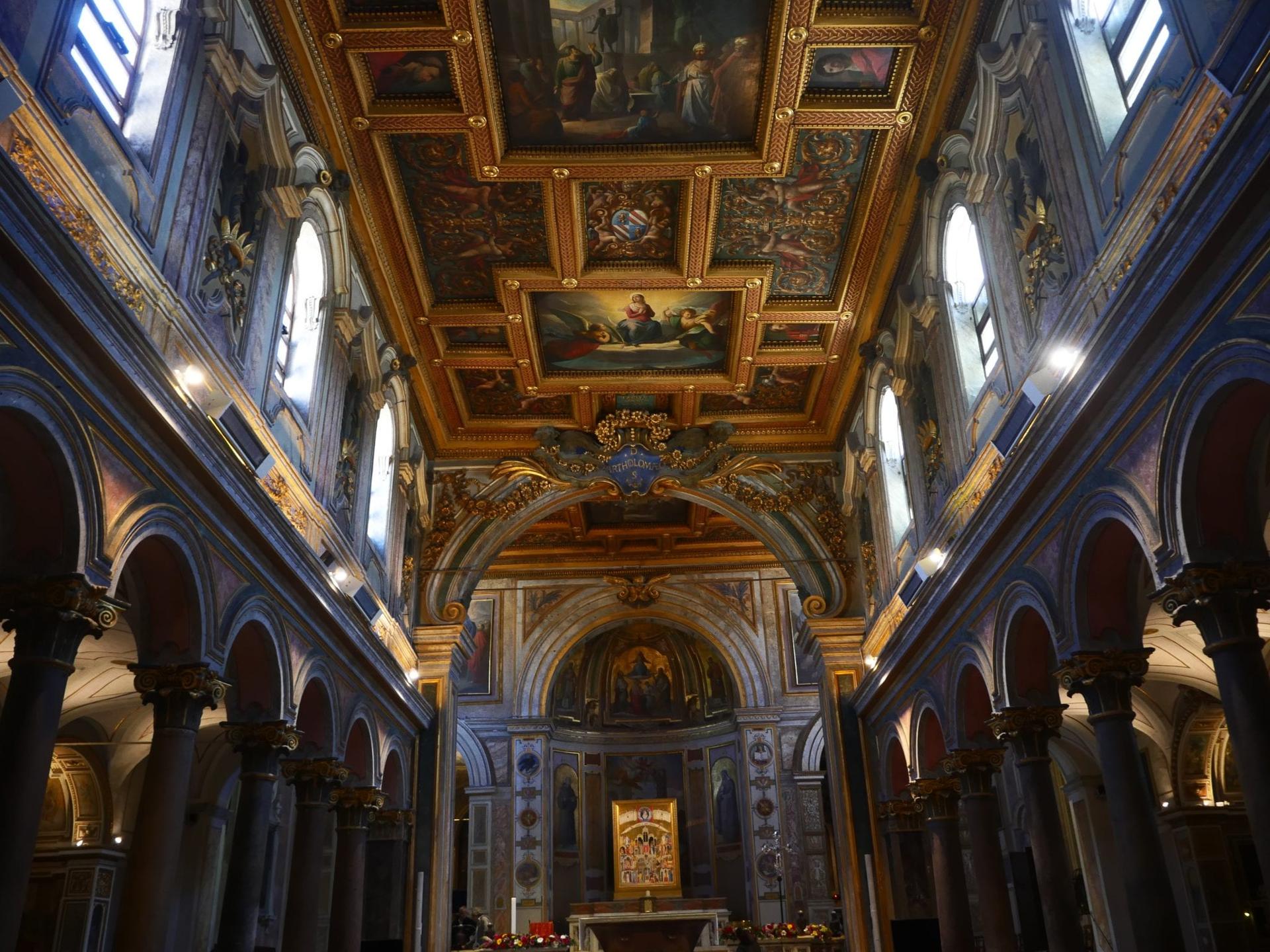ROME – On Saturday April 22 Pope Francis will visit the Basilica of St. Bartholomew on the Island to celebrate Mass in memory of the “new martyrs” of the 20th and 21st centuries.
“The pope has accepted the invitation with great joy,” said Marco Impagliazzo, president of the Community of Sant’Egidio, in an interview. “Also because we are living in a time of new martyrs.”
In 36 A.D. St. Stephen, the first martyr, was dragged out of the city and stoned to death for preaching Jesus’ teachings. In 1480, over 800 citizens of the Italian coastal town of Otranto were beheaded by the Turks for refusing to convert to Islam. In July 2016, Jacques Hamel, a French priest, had his throat slit for refusing to pledge allegiance to Daesh (ISIS).
Christian persecution has been taking place for centuries, and despite what many people think, it continues to claim thousands of lives to this day. Perched on the side of the Tiber Island in Rome is a Basilica entirely dedicated to giving testimony to the brave men and women who have given their lives for Christ.
St. Bartholomew Basilica: a home for new martyrs around the globe
The church’s simple exterior gives way to a large space divided in three aisles by tall marble columns dating back to ancient Rome. On first sight visitors might be overcome by the glittering beauty of the main altar and not notice the treasures kept in the side chapels. On closer inspection it is possible to see the countless artifacts and relics carefully conserved within the church.

On the right, a brass plaque reads “new martyrs of Nazism” and behind it lays a tidy assortment of objects. For example a stone that was thrown by the German SS against the home of Monsignor Joannes Baptista Sproll, bishop of Rottenburg-Stuttgart, who was exiled for opposing the Nazi euthanasia program.
Close by, a consecrated host container has found its resting place, years after it was smuggled in prison by the wife of Eugen Bolz, a Catholic who was beheaded on the 23 of January 1945 by the Nazi regime.
One only needs to cross the center aisle to see what happened to Christians living under the communist regime. On the altar there is a small cross, which was secretly distributed in Albania after the 1967 decree that prohibited all religious manifestations both in public and in private.
In every side chapel there is a careful collection of the few things the new martyrs left behind. From Africa, Asia and the Middle East, the Americas, and Europe the church hosts mementos including the breviary of the French priest Hamel.
The basilica includes objects that belonged to non-Catholics who died in the name of Christianity such as members of the Anglican Melanesian Brotherhood murdered on the island of Guadalcanal on the Solomon Islands in 2003.

The pope’s visit to the basilica will be a step forward for the relationship between Christians according to Impagliazzo. Ecumenism today “is marked by an ecumenism of blood: we are already united in blood,” Impagliazzo said in an interview with Vatican Radio. “The scandal of the divided Church remains, which still hasn’t realized the Lord’s Commandment, that all shall be one.”
Even though it hosts the new martyr’s relics and belongings there is nothing new about the basilica itself. It was built in the year 1000 by order of the Holy Roman Emperor Otto III with the intention of keeping the relics of St. Bartholomew. The relics supposedly never arrived from the Italian town of Benevento to Rome, keeping with a long-standing tradition in Italy of being possessive when it comes to one’s saints.
The magnificent church, built to host a saint, found a new purpose 1000 years later when Pope St. John Paul II instituted a “new martyr” commission in charge of analyzing the information regarding Christian martyrs in the 20th century, set to work within the Basilica.
The commission collected 12,000 dossier on martyrs hailing from all across the world in its two years of work. The basilica became a home for those who had been oppressed in their own home or in the home of God and was given to the Community of St. Egidio, a lay organization focusing on interreligious dialogue.
An Icon to unite the martyrs of Eastern and Western Churches
In order to offer a lasting reminder of the work done in the basilica by the commission and the countless Christian lives lost every year to hate and persecution, in 2002 John Paul II presented the church with a large icon dedicated to the 20th century martyrs.
The icon represents the martyrs discovered during the commission’s study depicted in a scene described in the Book of Revelation: “there before me was a great multitude that no one could count, from every nation, tribe, people and language, standing before the throne and before the Lamb. They were wearing white robes and were holding palm branches in their hands. (7:9)”

The scene was chosen in reference to the large numbers of Christians who suffered persecution starting at the dawn of the 20th century. Martyrs gather around the figures of Christ surrounded by Mary, John the Evangelist and John the Baptist as well as Apostles Peter, Paul and Andrew.
Below the icon, the Earth is depicted, at its center a concentration camp, a focal point of prayer and unity between Eastern and Western Churches. Underneath a depiction of crumbling walls, desecrated churches and persecutions like those suffered by the many martyrs honored in the basilica. On the right, martyrs relive the Passion of Christ through trials, torture, scorn, and execution. On the left are images of resilience, with martyrs praying and helping each other in faith.
The icon is a true celebration and representation of the sacrifice of many for their Christian faith and a reminder of the perils that Christians still face in many parts of the world.
Pope Francis once again puts New Martyrs on center stage
During the Liturgy of the Word that will be celebrated by Pope Francis, relatives and friends of some of the new martyrs will offer their testimony: Karl Schneider, son of a pastor killed in a Nazi camp in 1939; Roselyne Hamel, sister of the Hamel murdered in France last year; Francisco Hernandez Guevara, a friend of William Quijano killed in 2009 in Central America for trying to offer an alternative to youth away from gangs.
RELATED: Francis poses both/and approach to fighting anti-Christian persecution
After the homily the pope will also have the opportunity to visit every side chapel of the basilica and offer homage to the martyrs. After the prayer for the new martyrs, Pope Francis will meet with a number of refugees, women victims of human trafficking and unaccompanied migrant minors.
The pope’s visit will offer yet another opportunity for the Church as a whole to unite in prayer and admiration for the victims of anti-Christian persecution around the globe. The often forgotten basilica of St. Bartholomew will be center stage of a larger debate concerning religious tolerance and interreligious dialogue.
“Christians today live their faith peacefully and in humility,” said Impagliazzo. “This must be the same answer to those who would wish to use the name of God for violence.”














